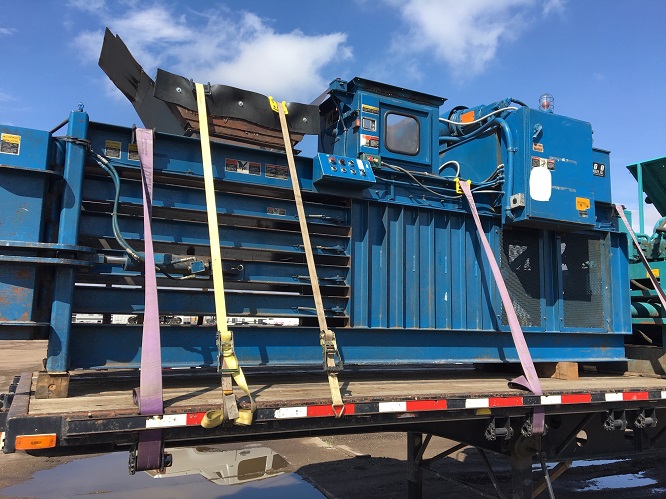Balers take in sorted trash to produce cubes of compacted trash that are easy to transport away from your place of business. For decades, a baler has provided the ideal solution to any company that produces a great deal of trash – and the recycling abilities of a baler have proven to be a great ‘green’ stamp of approval for businesses hoping to stay environmentally friendly in an era of increasing eco-concerns. But how exactly does a baler work? This short guide will enlighten you as to the process.
Sort the Trash
Your baler won’t sort the trash for you – you’ll have to do that yourself. That’s because you’re going to be recycling some of the trash that you produce in your company, and once it’s in the baler, you’re going to be unable to sort the trash as it compacts and recompacts on every new fill. The benefit of a baler at this stage is that you can sort your trash in the back office, storeroom or factory, and the baler becomes the place where this trash is stored until a baled cube is ejected from the machine.
Compacting
The baler primarily functions through compacting your trash. Let’s take cardboard as an example – though there are other materials you can place into a baler. Whether you produce 10kg of cardboard an hour or up to a ton, once you’ve separated it from plastics and other kinds of waste, you can simply toss the cardboard into the mouth of the machine. When the inside of the baler appears full, you can press the compact button, and the vertical or horizontal thrusters will crush your cardboard into a small and manageable layer.
Continued Use
After you’ve compacted the cardboard, the baler entrance will open again to show you an empty chamber – with the cardboard that was filling it previously now settling on the bottom of your baler, ready to be joined by yet more cardboard. You can repeat this process for many compactions – and the cardboard will continue to shrink and diminish, forming an extremely compact cube.
Once Full
When you have well and truly filled your baler, and the cardboard is stacked in such a way as to be ready to eject, you’ll usually be notified by the machine. On some manual or basic balers, you may just have to judge this by eye – although it’ll be obvious to any trained employee at which time you should be baling out your compacted cube. There are many types of balers – some ‘auto-tie’ in a useful fashion in order to bind your cube together. For other machines, you’ll have to tie your cubed bale yourself. In any case, the machine will deposit your heavy cube of waste out onto a palette, which you can then place in a location of your convenience in order to await the disposal team, who’ll pick up your neatly compacted cubes for recycling.
That’s how a baler works – your efficient and practical solution to trash management in any size of business that produces waste.

